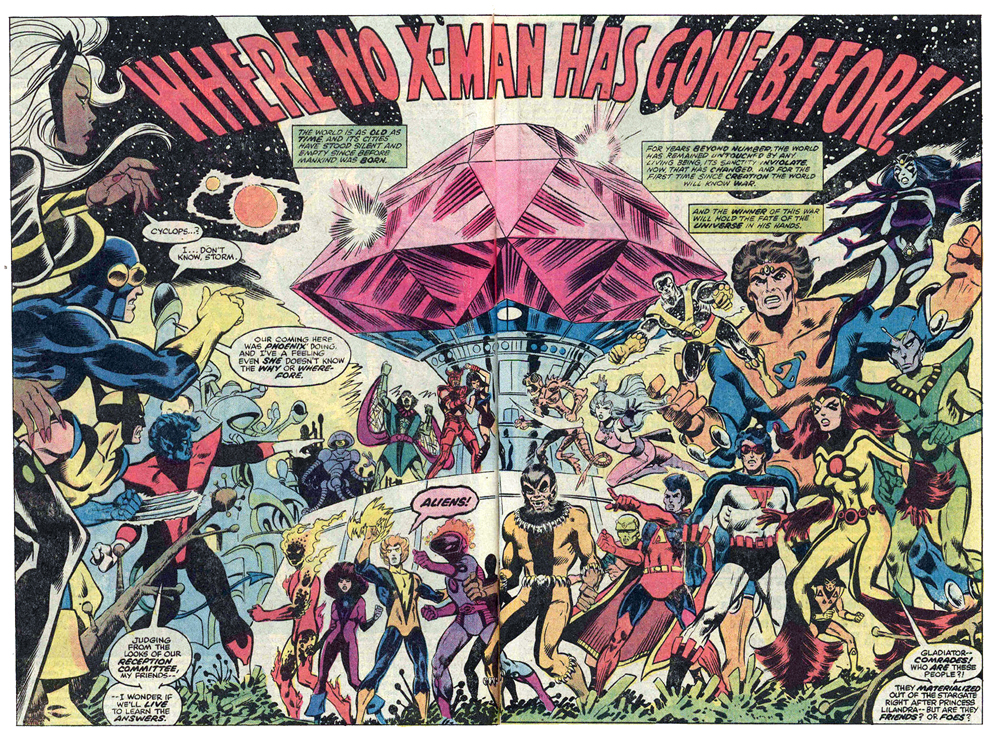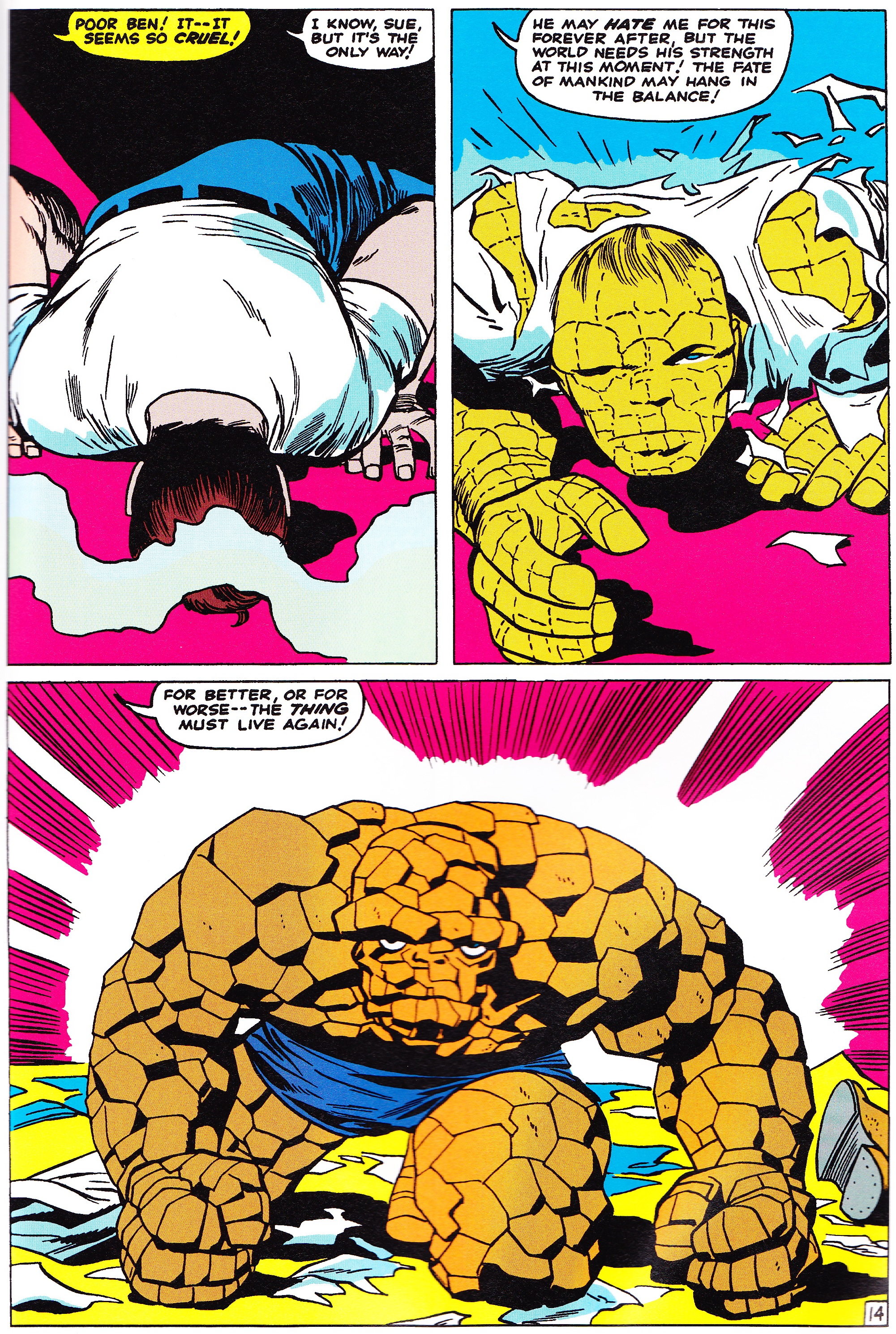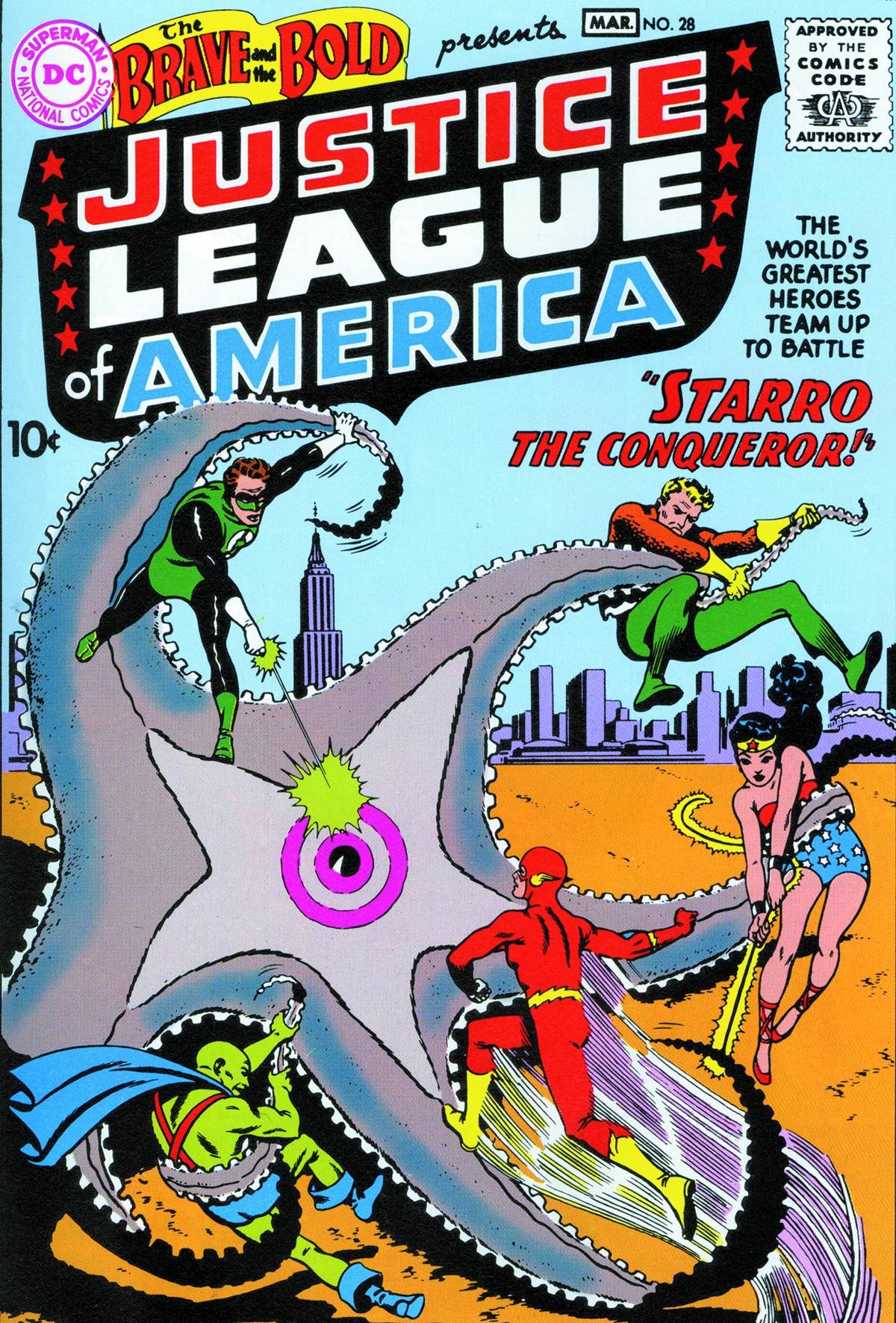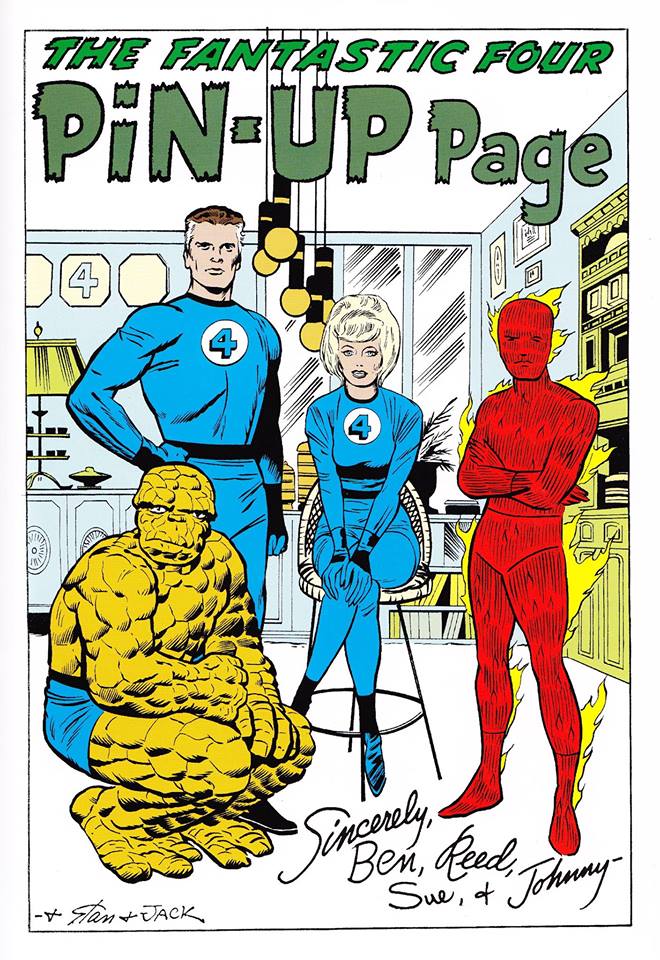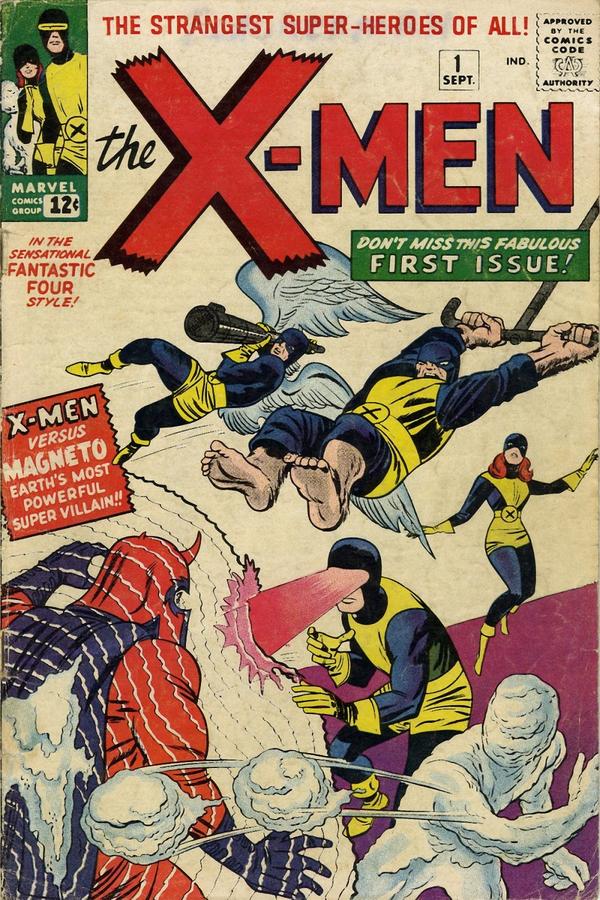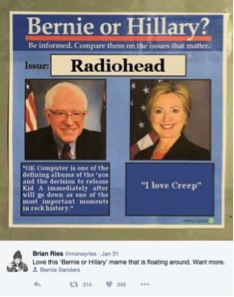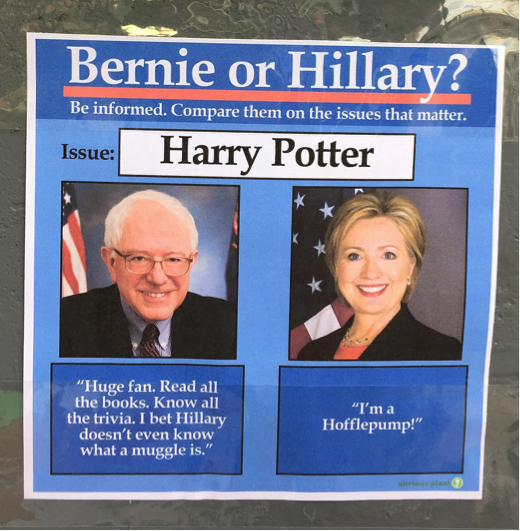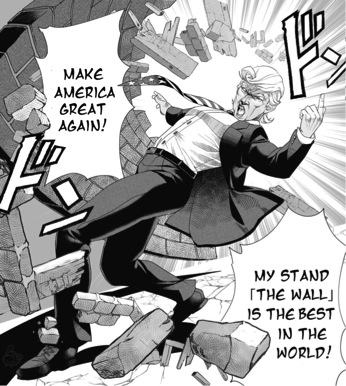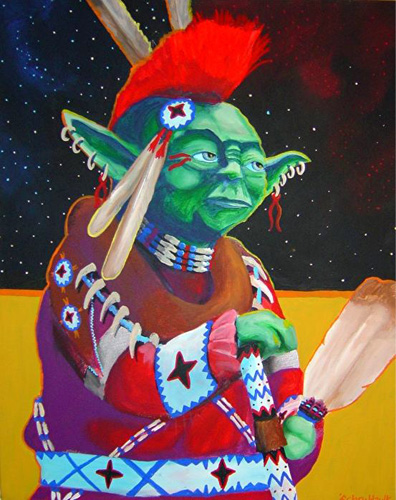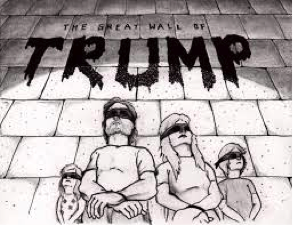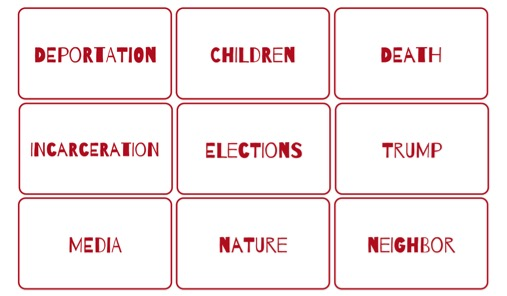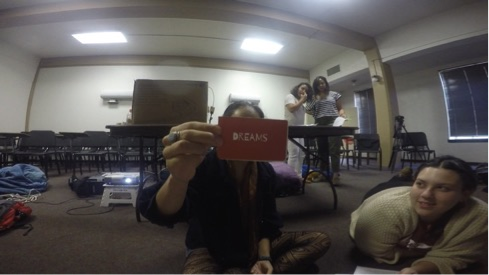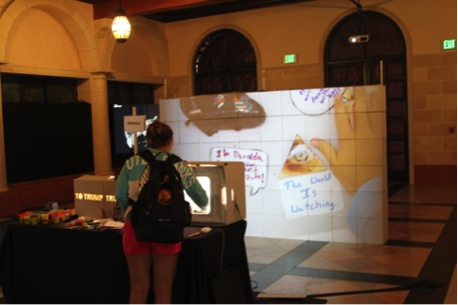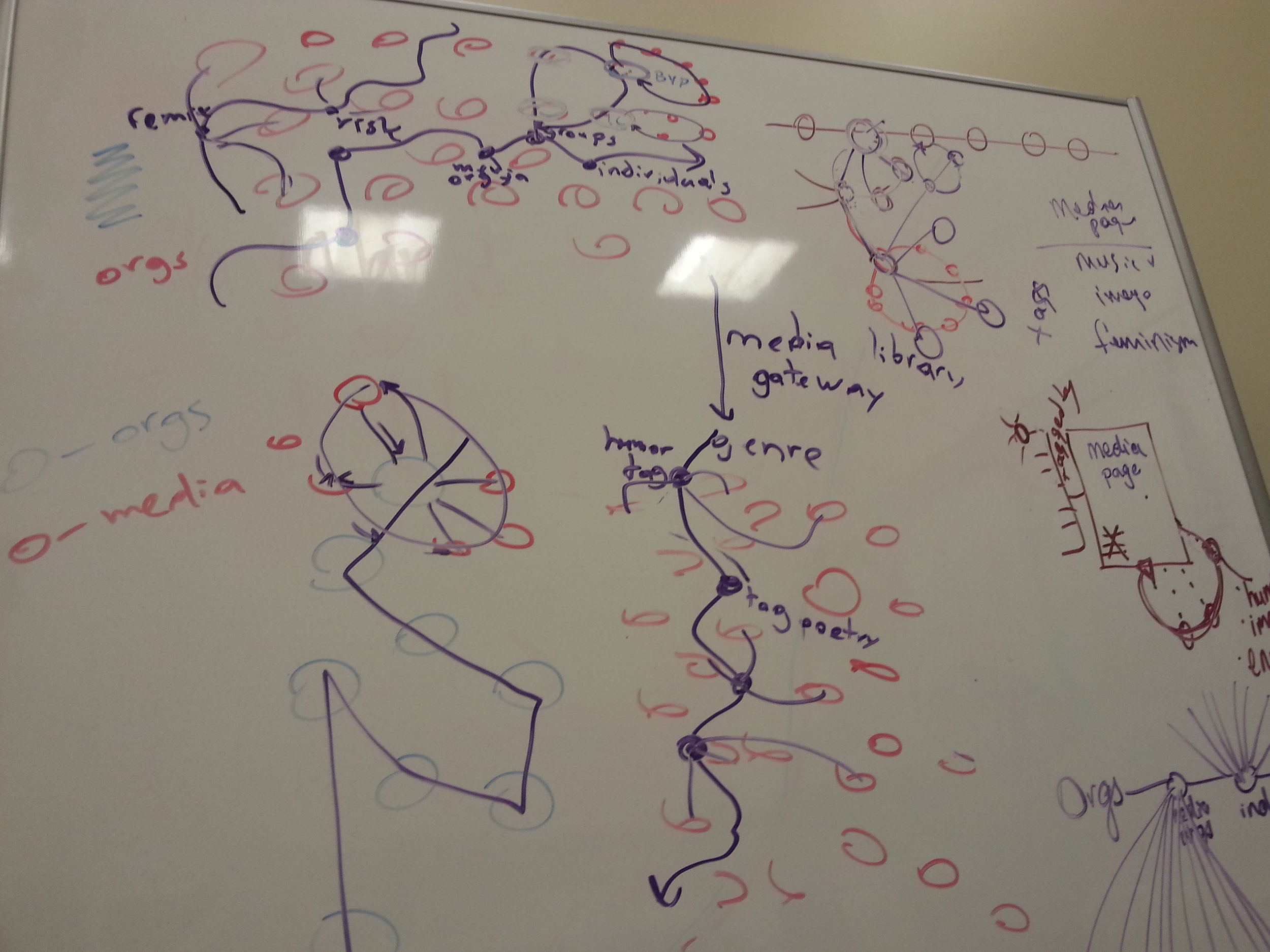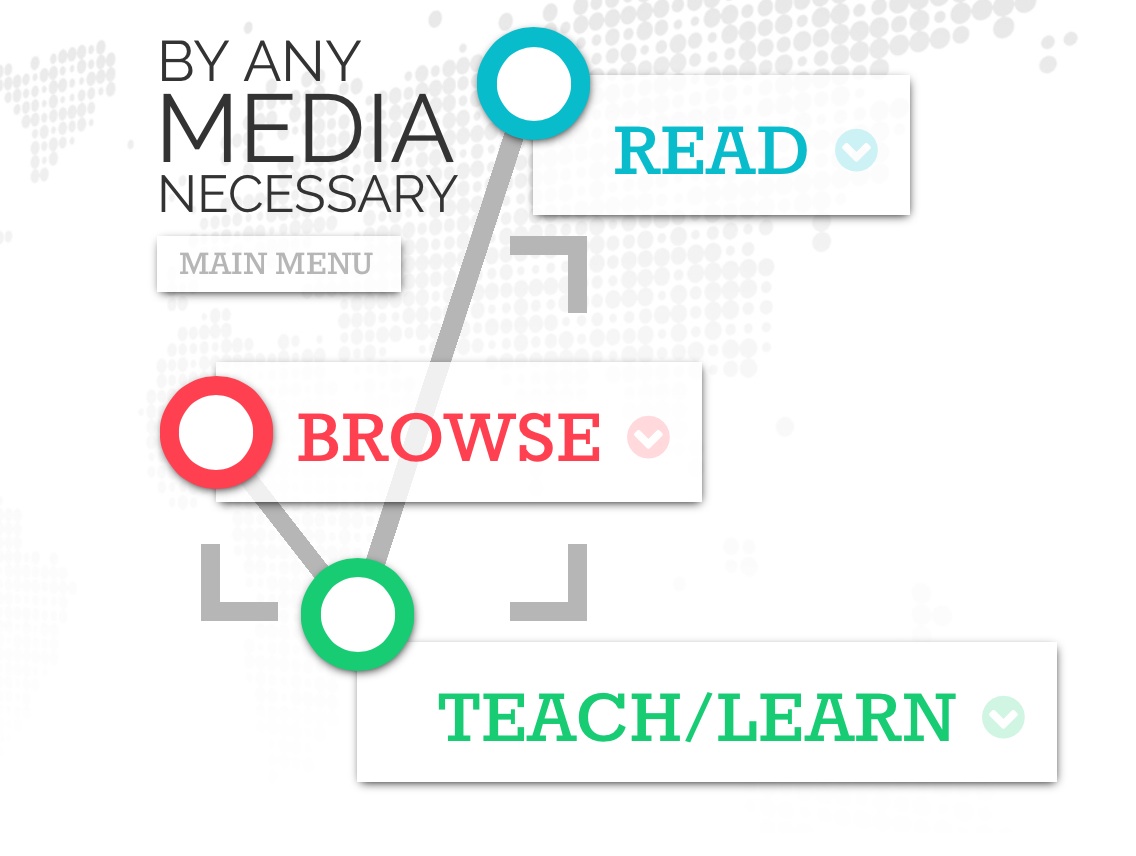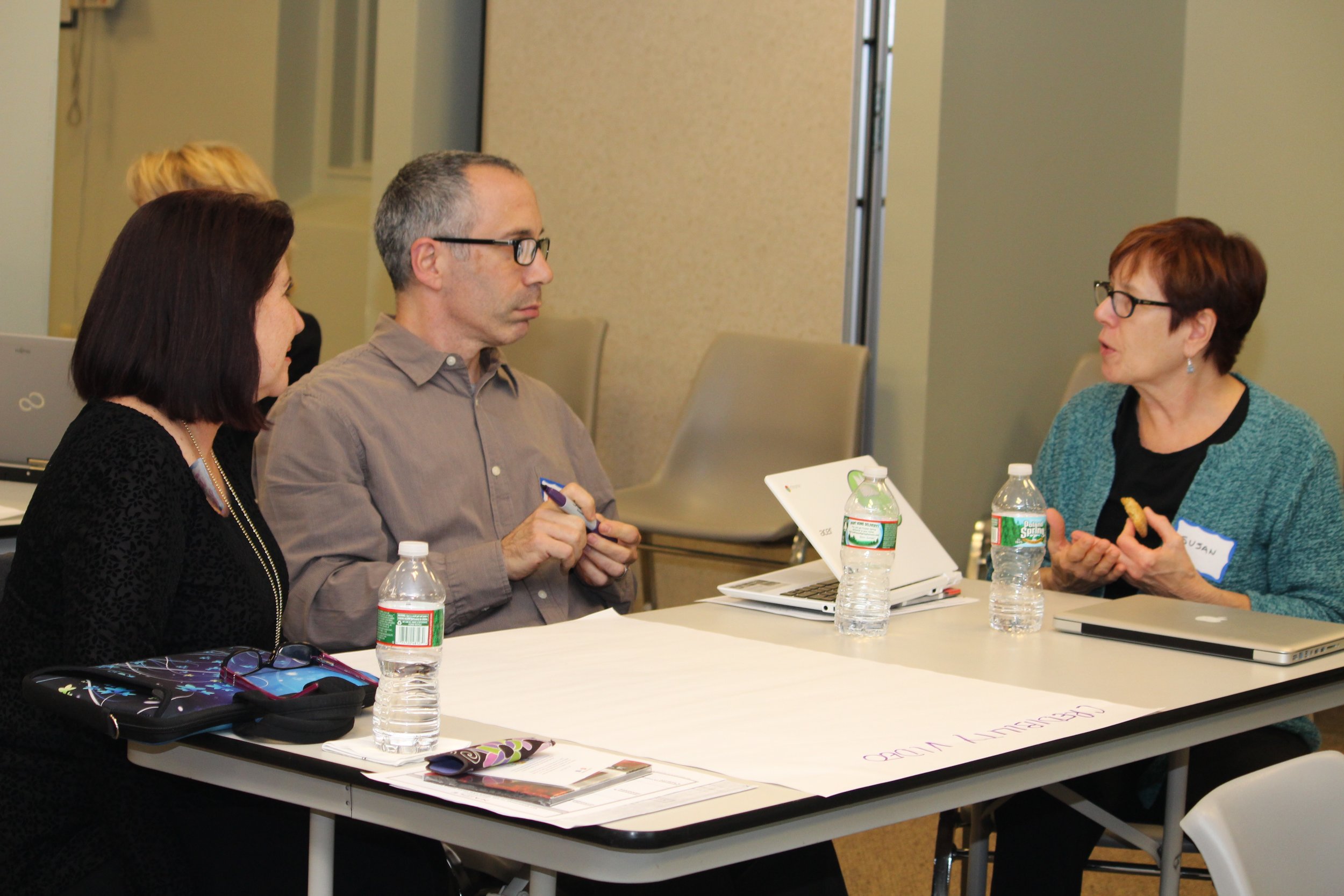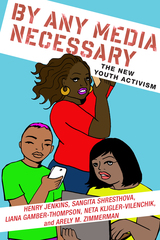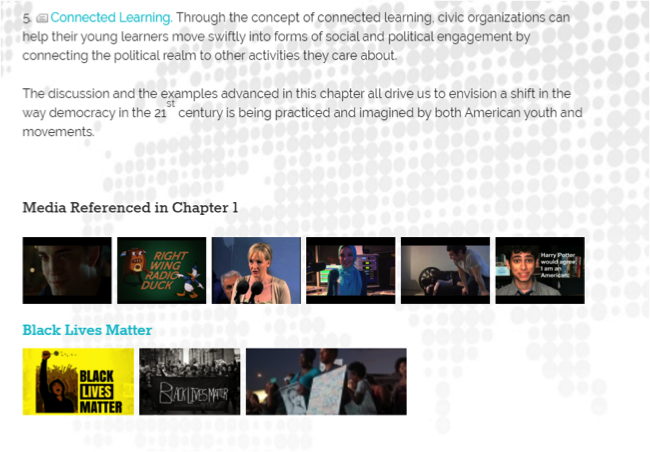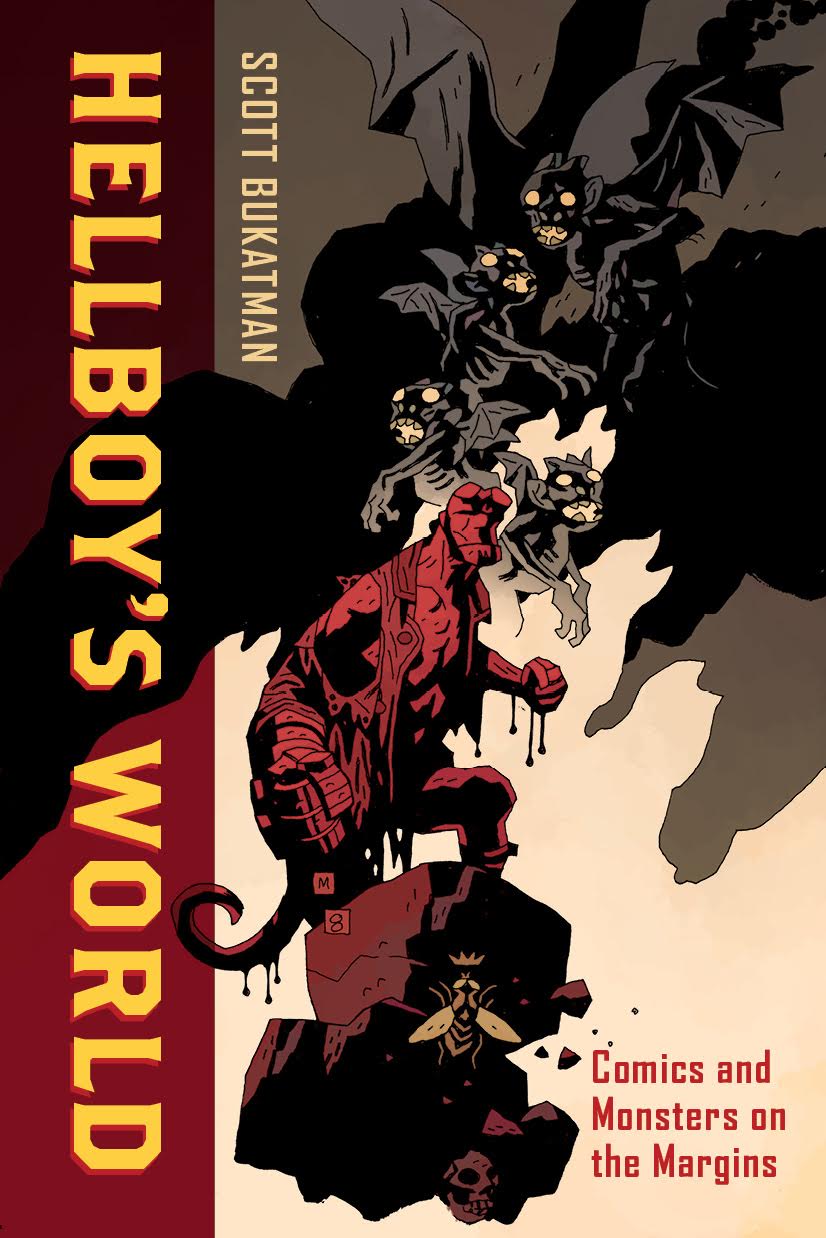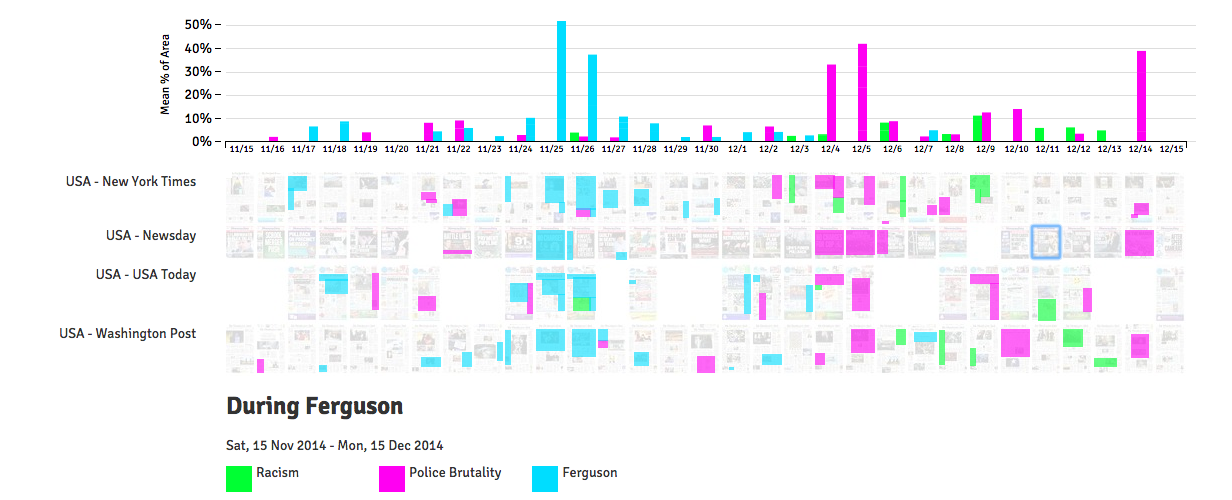Earlier this term, I featured a number of blog posts written by students in my Public Intellectuals Seminar. The following is another example of the work that emerged from this assignment.
THAT WAS THEN, THIS IS NOW:
CONFESSIONS OF A FORMER TEENAGE PUNK
—Matt Pascarella
The Only Lit Parking Lot In Town
I worked nights at the Turkey Hill gas station in Mt. Carmel, Pennsylvania during my last two years of High School. A typical shift involved stocking and organizing the freezer with ice cream Snicker’s bars, Hot Pockets, and the famed Turkey Hill ice cream. Then I’d move on to the shelves in the store, restocking bags of potato chips, candy bars and cigarettes. I’d clean as I re-stocked, and then I’d head outside to our massive sign on the corner where I’d change the price of gas with a long pole, which had a suction cup on the end. It was like putting together a puzzle that loomed over you by 20 feet.
Then I’d shake out my apron, slick back my hair and take over the register, relieving the shift and taking charge of the store all on my own until about 11pm. I would do my homework at that register in between selling gas and scratch-off lottery tickets. Everyone always wanted the scratch-offs that were called “Win For Life” but the best I ever saw won was a mere ten bucks.
When my school work was done, I’d turn to writing out ideas and sketches for art projects, song lyrics, and poems on the back of old receipt paper. It was usually around that time that I’d get a call from my manager who would tell me that she happened to pass the store on her way home from Bingo or wherever the hell she was, and that she had seen there were kids hanging out in the store’s parking lot once again. She would say this to me as if the apocalypse was upon us and that the only way to prevent it’s fruition was to rid the parking lot of these savages, ordering me to, "Tell them to leave right now or else I’m calling the police!"
They weren’t doing anything crazy — just revving engines, talking to each other, laughing, making plans and making-out.
At that point in my life, I was a senior in High School and I had attended about a dozen schools up and down the eastern seaboard. I knew that kids always create spaces to hang out. But in the Coal Region it was different. My first night in town a horde of kids were chasing a bear through the streets. There just was not much going on, and it turned out that my Turkey Hill’s parking lot was literally the only lot in town that kept its lights on at night. So when my manager would call freaking out, I’d then hang up the phone, walk outside and would tell the kids that if the cops showed up, well, I’d defend them.
I must have looked ridiculous standing there with my military buzz cut, holding a broom, wearing a red apron, a white buttoned-down shirt tucked into khaki pants. Of course, my attempts to defend them never really worked out because most of the time the local cops would descend anyway — all officers on duty at the time, bored and looking for kicks — flying in, sirens wailing, surrounding the parking lot and telling everyone to go the hell home on loudspeakers. Clearly, they were the ones disturbing the peace so I protested in my own ways, quickly becoming the only employee at the store that charged the cops for coffee when they came in during their shifts.
Awakening
In many ways, my true coming of age in terms of becoming intensely critical of media and politics, began to take over much of my life around this time. It was a time when access to the internet was sparse, and so I’d set off for Bloomsburg, the nearest college town. To do so, I had to risk a drive through the next town over, Centralia — which was abandoned due to a mine fire that ran out of control decades earlier and was still raging on beneath the very road that I had to take. I’d drive the forty minutes each way to Bloomsburg because there was a record shop there that sold Punk Planet magazine and I always had to have its latest issue.
I remember the March/April 1999 issue of Punk Planet as clear as yesterday. The cover story was called ‘the murder of Iraq’ and it detailed the impact of US-driven sanctions in Iraq and an organization that was defying those sanctions in order to provide life-sustaining food and medicine to people who were starving and dying.
Just eight years prior I had experienced the first Gulf War in my own intense ways as a child who would watch neighbors and loved ones as they were shipped off, fearing that my own mother — a single mom and a Private in the US Army — may be deployed as well. My brother and I would sit in large gymnasiums and salute the flag before being told that our community was being mobilized for war in order to promote democracy and freedom in Iraq.
Reading this report in Punk Planet eight years later as a teenager began to add a whole new complicated and nuanced set of layers about the world I found myself in, and I felt like I was being pushed to a place where I would have to tackle those issues and unpack those layers head-on.
Then the ‘Battle in Seattle’ took place. I poured over all the coverage I could get at the time. Each day, I’d walk down to the newsstand, which was one of the few businesses left on main street at that time, and I’d pick up every paper that had a story about the protests against the WTO. I’d speed home to cut the stories out, paste them on the walls in the loft of a garage we had out back — which was falling apart but that I turned into a makeshift studio — and I’d read the coverage over and over again. I was in awe that so many people, from so many walks of life, showed up to protest together. I wanted to know what motivated the protesters; would they be successful in getting what they were asking for; what would increase or decrease their odds of success; why did certain coverage paint the protesters in a bad light; and many, many other questions.
I began listening to Jello Biafra’s spoken-word albums. The most influential of which was his three-disc release, ‘Become The Media’ which was released in the Fall of my senior year. Soon after, I started my descent into a Chomsky rabbit hole by first reading his 'Profit Over People.’ I then began exploring Zinn’s work and a history of the United States that was left out of my high school history books. I then moved on to Nichols and McChesney, and began to understand the media’s role in a healthy democracy, and how this was being subverted by corporations who cared more about their bottom lines than providing a public service.
As I’d drive down the narrow backroads of Coal Township, PA each day, making my way to my tiny catholic high school, I’d blast Anti-Flag’s album Die for the Government, screaming along with their songs about how the government failed to care for the veterans of the Gulf War who had been exposed to chemical warfare. I knew the story firsthand, and yet I’d put all of that aside as I would walk into the school, head to my locker, and take off my blue hoodie adorned with band patches and safety pins, before stripping down to a uniform that matched everyone else: a pressed white shirt, tie, and dress pants and shoes.
Back then, our group of friends would share stories, create community and collaborate on projects together. But it was all offline. We made our own zines, our own posters for our band’s local shows, made t-shirts and other random merchandise to sell at shows, and we’d also play fundraisers to help local kids and to try and save the few local music venues that still existed within a 100-mile radius.
We would abuse the photo-copying honor system in the school library and at Staple’s and we’d copy chapters in books that we wanted to pass on to each other. We'd make mix tapes, and we’d remix cover songs like Eddie Money’s Two Tickets To Paradise, opening it up into our own vernacular — putting out our own spin on stories and media that we encountered and thought worth passing on. We’d meet friends at a show or at the local Denny’s and sit around talking and drinking coffee until sunrise. We’d go to our older friend’s apartments and watch films like Empire Records, Clerks, Gia, and Office Space. We drank Schlitz beer and gut-rotting Gin, ate horrible canned food and ramen, and got tattoos at truck stops.
Yet as ‘defiant’ as we thought we all were, most of us shared something that we rarely, if ever talked about: We were poor. Well, at least most of us were, and so most of us knew that our shot at a future better than where we had come from was incredibly slim at best. But what was often our saving grace was the simple fact that we had each other.
Many of our parents, despite their best intentions, simply did not have the capacity to help us map out our possibilities, much less offer us a helping hand to actualize such possibilities. They were too busy trying to survive and provide for their families on the most basic of levels. They were treading to stay afloat at blue collar jobs day in day out, before coming home at night to screaming kids and stacks of bills. If we were lucky, the best thing any one of us could get would be a teacher who cared and took it upon themselves to make sure our college applications and scholarship essays got done. But even they seemed to be a rare experience for most of us.
By that time, my mom had become one of the top recruiters in the US Army. A large proportion of my graduating class had already enlisted in the military. Most of them were skinny, white, 17-year old kids who had never left the state. Yet they knew and I knew, that the chances of affording college and getting the fuck out of what was one of the most economically depressed regions of the country, came down to two options: Get a scholarship, or join the military. It was a time of peace and the military was a ticket towards a better life, a better future.
My late night study sessions standing at the Turkey Hill counter paid off. With the help of my art teacher, Gina Rice, I somehow landed a scholarship at a small liberal arts school in New York City. After surviving Y2K and stepping into a new millennium, suddenly my prospects in life appeared much brighter.
But as quickly as that brightness emerged, it was dimmed. Within just four months of graduating, the twin towers were struck down, the Pentagon was hit, and once again, the communities I came from were readying themselves for war.
This time it would be a never-ending, globe-spanning war that would not cease for decades. This time I knew even more people being sent to the front lines — some of whom never returned.
As the ashes were still falling in Lower Manhattan, my only choice, my only shot at a worthwhile future, was to pack up my car and head to New York.
I stopped at the Turkey Hill to fill up my tank, and as I drove through Centralia for the very last time, the world itself was suddenly on fire.
What I choose to do with my life
You know you suddenly have acquired privilege the moment you realize your life is yours, and that you can make the decisions that will likely determine your own fate. That is a feat that most people on this planet simply cannot claim, and it is something — particularly as my friend’s were being shipped off to war and I was entering my first college classroom — that was never lost on me.
I kept that knowledge close to my heart as I fell into investigative journalism soon after landing in New York City. I was 19 when I started working with Greg Palast, researching and producing his stories for BBC, The Guardian, Harper’s, and many others. We turned those reports into books, and we dreampt up trans-media, on and offline, grassroots campaigns. I led teams that, together, turned those books into NY Times bestsellers. Some of the reports we did even had an impact on changing laws in several countries. Yet one of the coolest experiences out of all that was producing two spoken-word albums with Jello Biafra. Just three years earlier, he had awakened me into politics and media, and here I was suddenly producing work with him. One of the albums we produced together even hit the top of the CMJ charts!
From there I helped launch and run Tar, a successful international arts and culture magazine printed on a single-sheet fed press in Italy. The NY Times called it “A thinking man’s magazine,” and TIME elected our second issue as one of the top five magazine covers of the entire year!
After that I helped bring Demotix — a citizen journalism photo news wire with tens of thousands of contributors in 180 countries — into the United States. Demotix went on to win a Media Guardian Innovation Award, a Webby award, and was nominated for the Knight-Batten Award for Innovation in Journalism, among many others.
I then went on to work with the brilliant team at Art Not War to support and lead teams that produced trans-media promotion campaigns for the launch of successful organizations and impact projects. This included Van Jones' Rebuild The Dream, the 99% Spring, and award-winning, viral political advertisements for MoveOn.org. I then lead a national citizen journalism watchdog organization called Video the Vote during the 2012 cycle.
Back to School
Soon after Video the Vote, I sold pretty much everything I own, took out a massive student loan, and got on a flight to London.
After landing, I joined a cohort of some of the most incredible people I’ve ever met. They hail from all over the planet, and together we have been studying for a dual degree at LSE and USC Annenberg in Global Media and Communication. I want to finally get my master’s degrees because in the near future I want to teach at community colleges and high schools in under-served communities, while working for individuals, organizations, and companies that are developing tools for citizen engagement and civic participation.
While much of my past work has been very focused on developing high-impact, story-based initiatives from the framework of impacting national change, I am currently pursuing work that attempts to understand how social change takes place when positioned from ‘glocal’ perspectives.
In other words, I am interested in how civic institutions, organizations, and campaigns attempt to stretch their work beyond traditional borders of nation states by taking on global issues within specific local contexts, as well as how local issues are being addressed by institutions that situate these issues within a global context.
This work involves exploring and expanding upon existing empirical research, and experimenting with theoretical models from a host of disciplines including social psychology, sociology, interpersonal and organizational communication, media studies, as well as work in the fields of economics, socio-cultural anthropology and global studies. These models help build a repertoire of practical applications concerning the role that media and communications can play in leading this form of social change.
Impact Generation
The biggest take-away from that work, in addition to my past experiences is, as follows:
I have heard my generation referred to as apathetic, as not giving a shit about the world we live in, as unfit to change the all-out destructive course prior generations have left in their backwash for us to drown in.
But I don’t believe any of that.
I believe my generation — millennials — are more aware, smarter, and far more meaningfully connected to each other, than any generation prior.
In fact, the consciousness which binds us as a generation is to make the world a better place, and we share a fundamental collective desire to accomplish that together.
We are far from uninterested, unconcerned or unmoved when it comes to the challenges of our day. We are not apathetic. In fact, we are acutely-aware of the cacophony of problems bequeathed to us.
Unlike generations before us, we were born with an average of 232 synthetic chemicals already in our bloodstreams due to our mothers’ involuntary exposure to a toxic world. We grew up with the fear of AIDS, race riots, NAFTA, the WTO, a stolen presidential election, 9-11, brutal wars that have no end in sight, and a savage economic disaster that left millions in our country homeless and unemployed. We grew up with major American industries bleeding out, with rampant corruption, with greed and even the bankruptcy of an entire city — all while watching the planet melt in front of our eyes — oil spill, after oil spill, after oil spill. Super storm, after superstorm. Hurricane after hurricane.
We are well aware of what we have inherited and it is offensive to say otherwise. We are sick from the problems and of the problems.
It is not that our generation does not care about what is happening to our country and to our world. It’s that the traditional systems for participating have long since imploded. And so we are left starving for logical, accessible, meaningful, and actionable pathways for participating in real solutions.
That is why we have been at the forefront of coming up with the alternatives, with working hard to build new ways to make our voices heard, with solving the problems of our day, and with having a lasting impact on the betterment of the world — and we have been doing this work despite the tremendous obstacles that have been thrown in our paths.
At the heart of this, is that it is in my generation’s marrow to gather in the only lit parking lots we have in order to share our stories, to collaborate on meaningful projects, and to build communities of action that are already leaving the world in a better place for the generations that will follow. And if those parking lots don’t exist, we will make them ourselves.
Coming back to school has not only expanded my critical thinking and my research skills, it has also led me to become friends with incredible people — people who each, in their own ways, have reminded me of how proud I am to be a member of this generation. As I walk across the stage at graduation one week from now, and begin to look for what’s next in my career, my only hope is that I can continue to play my part in building the tools for people to participate in solving the biggest problems of our day.


